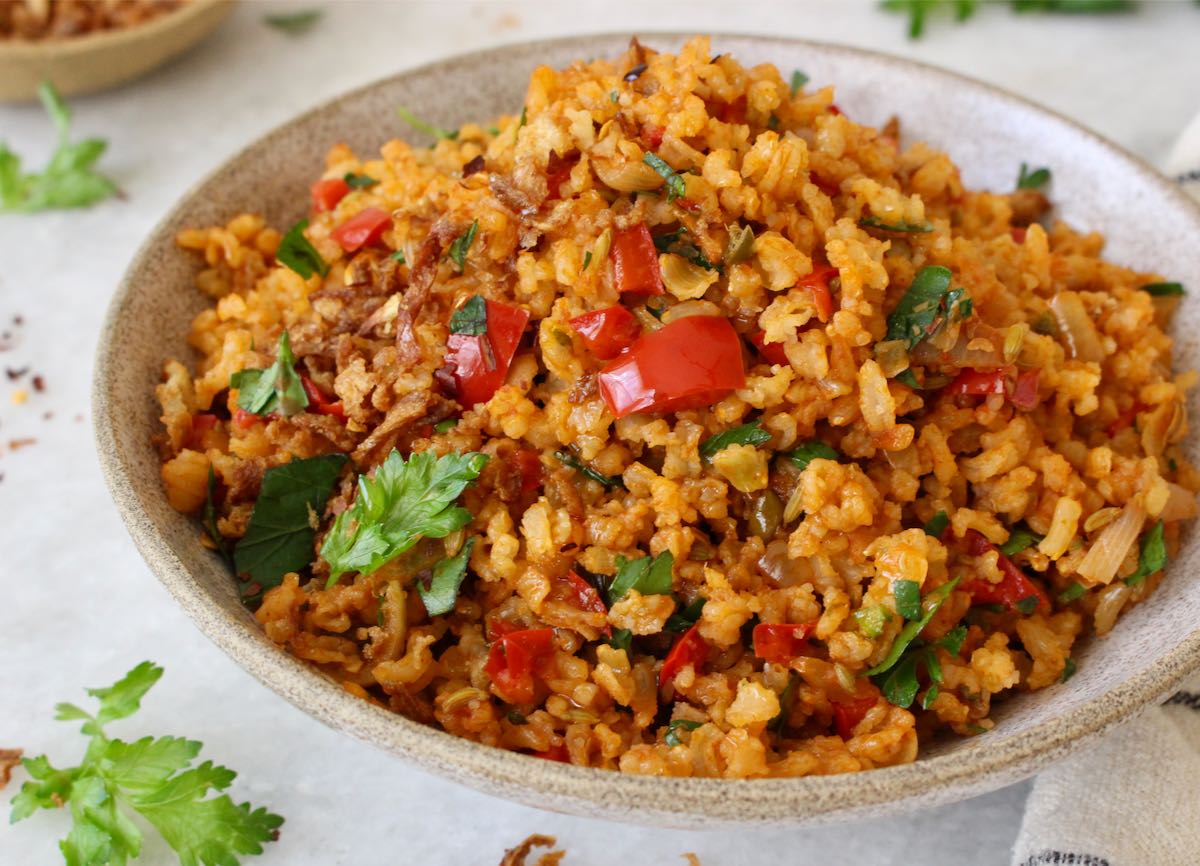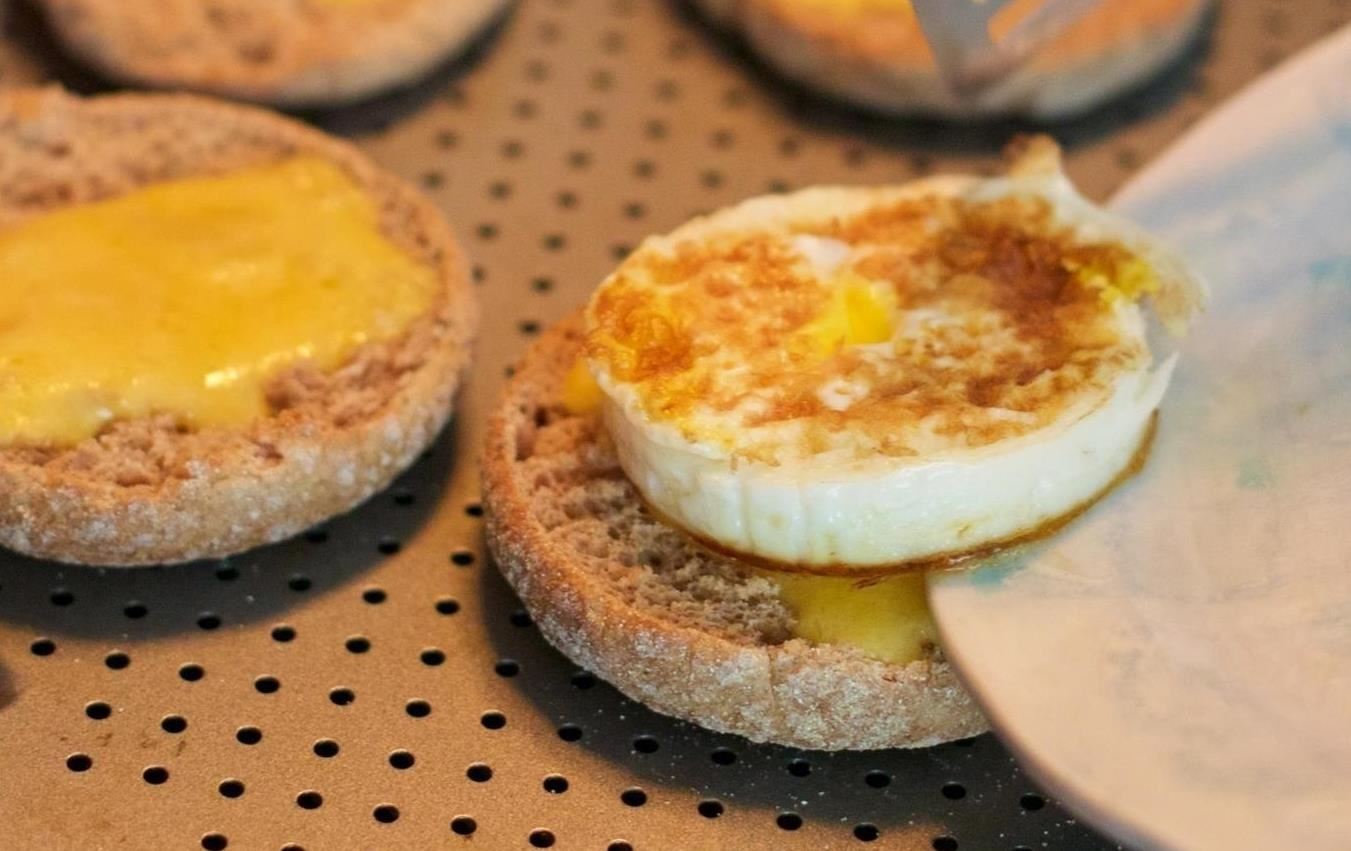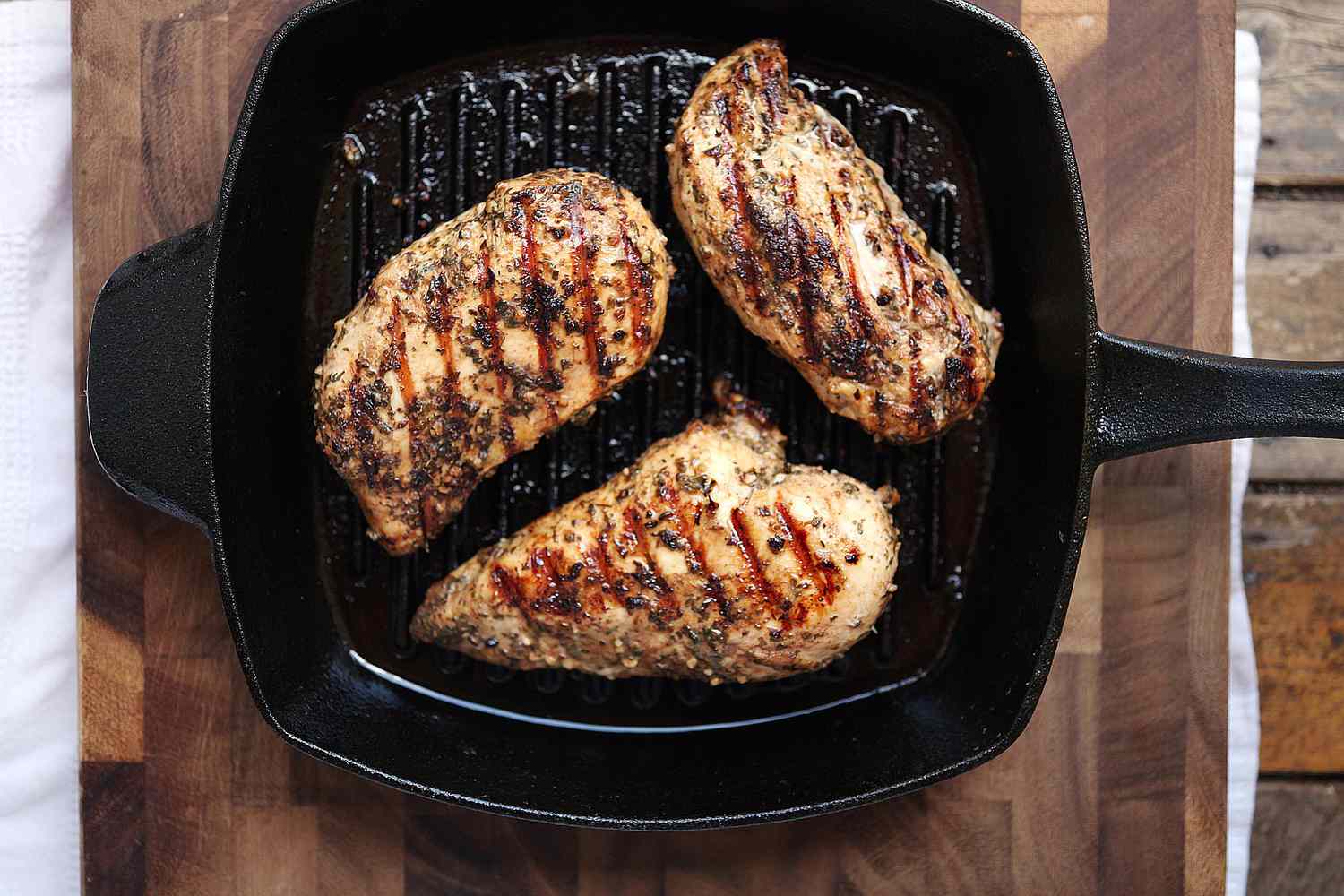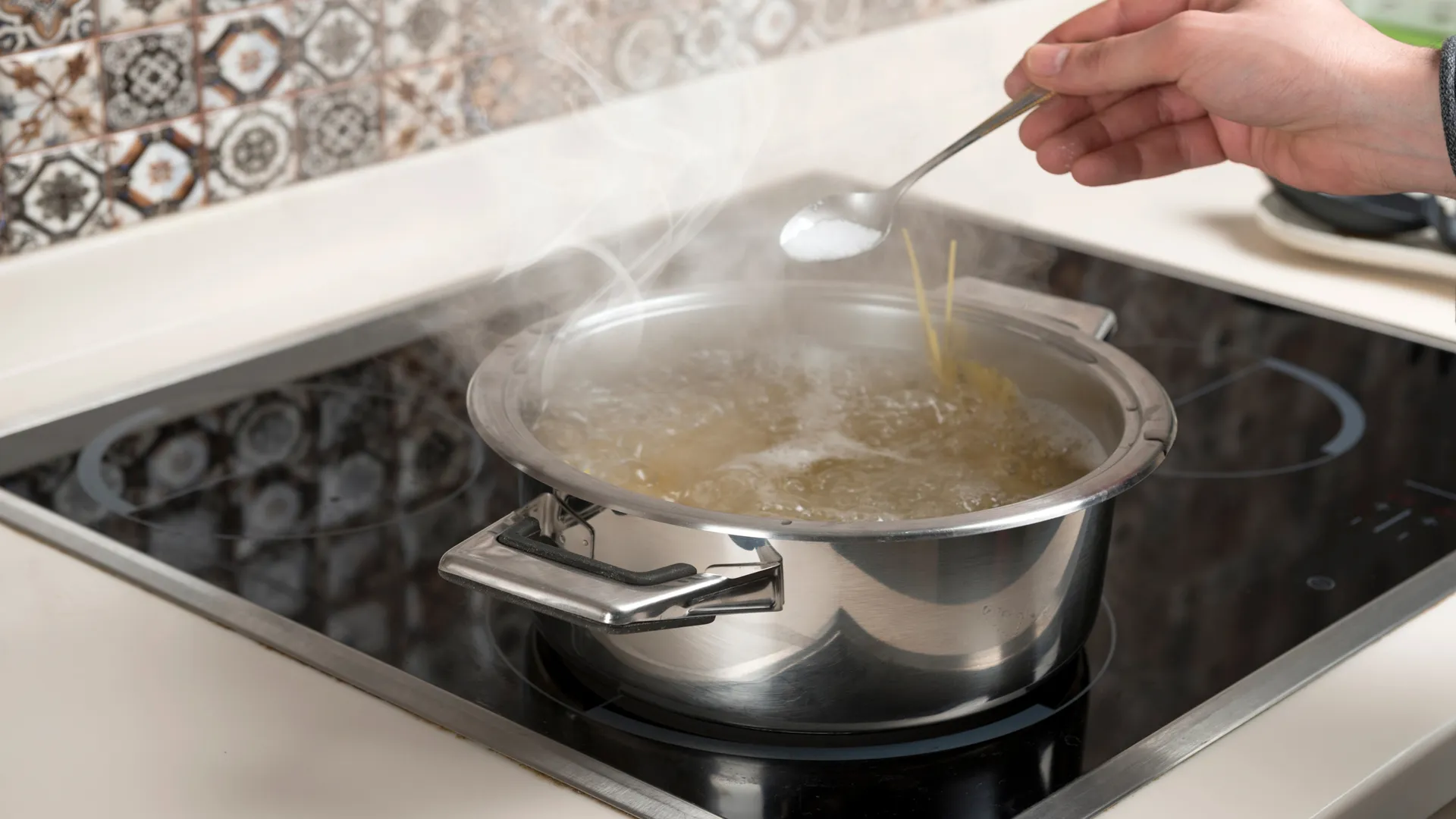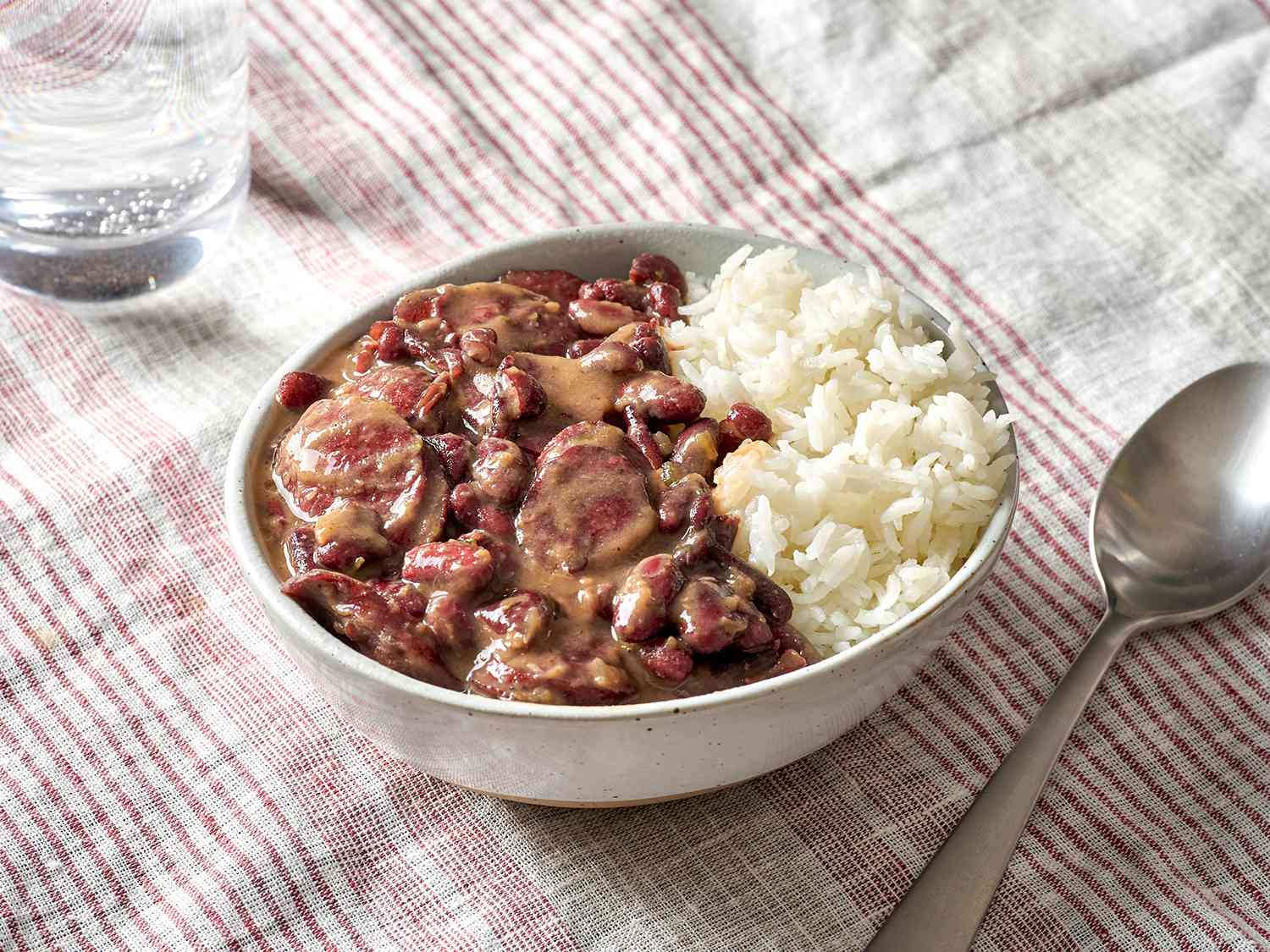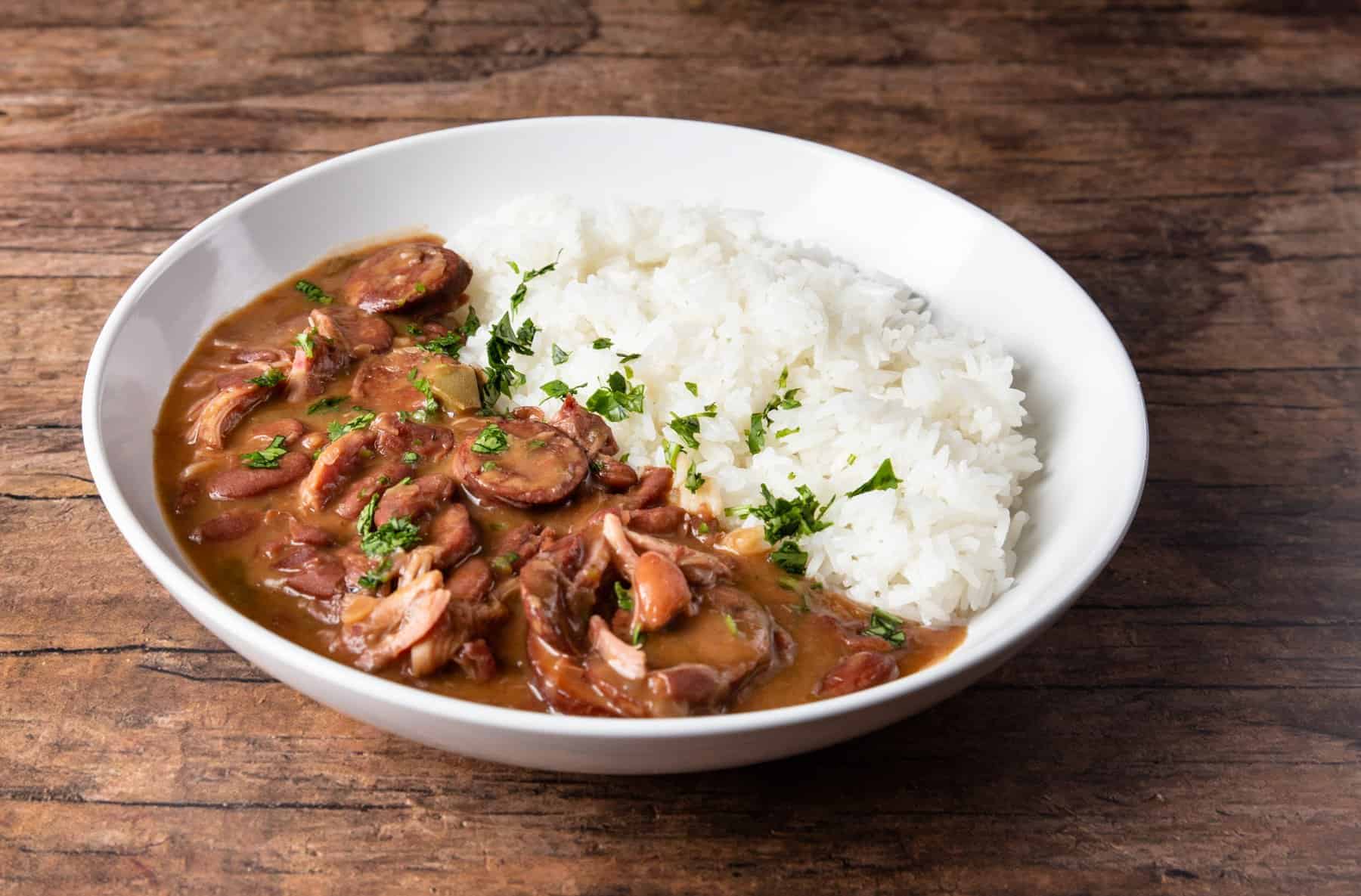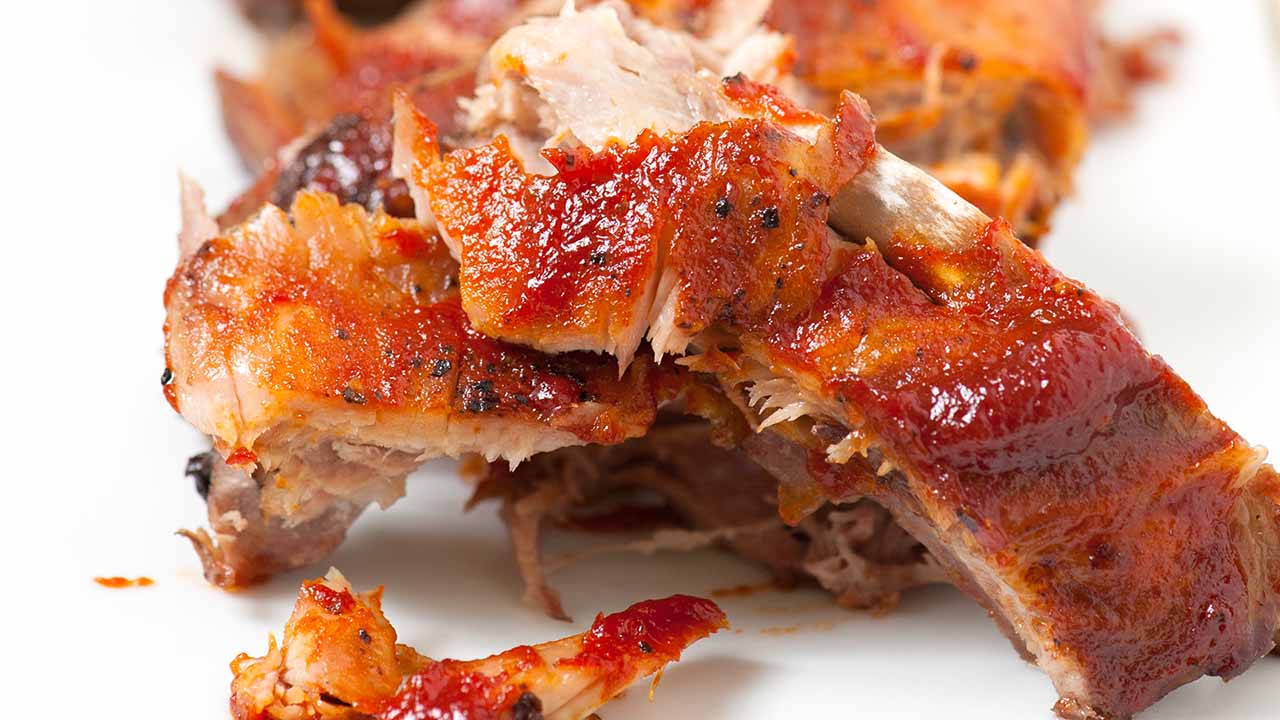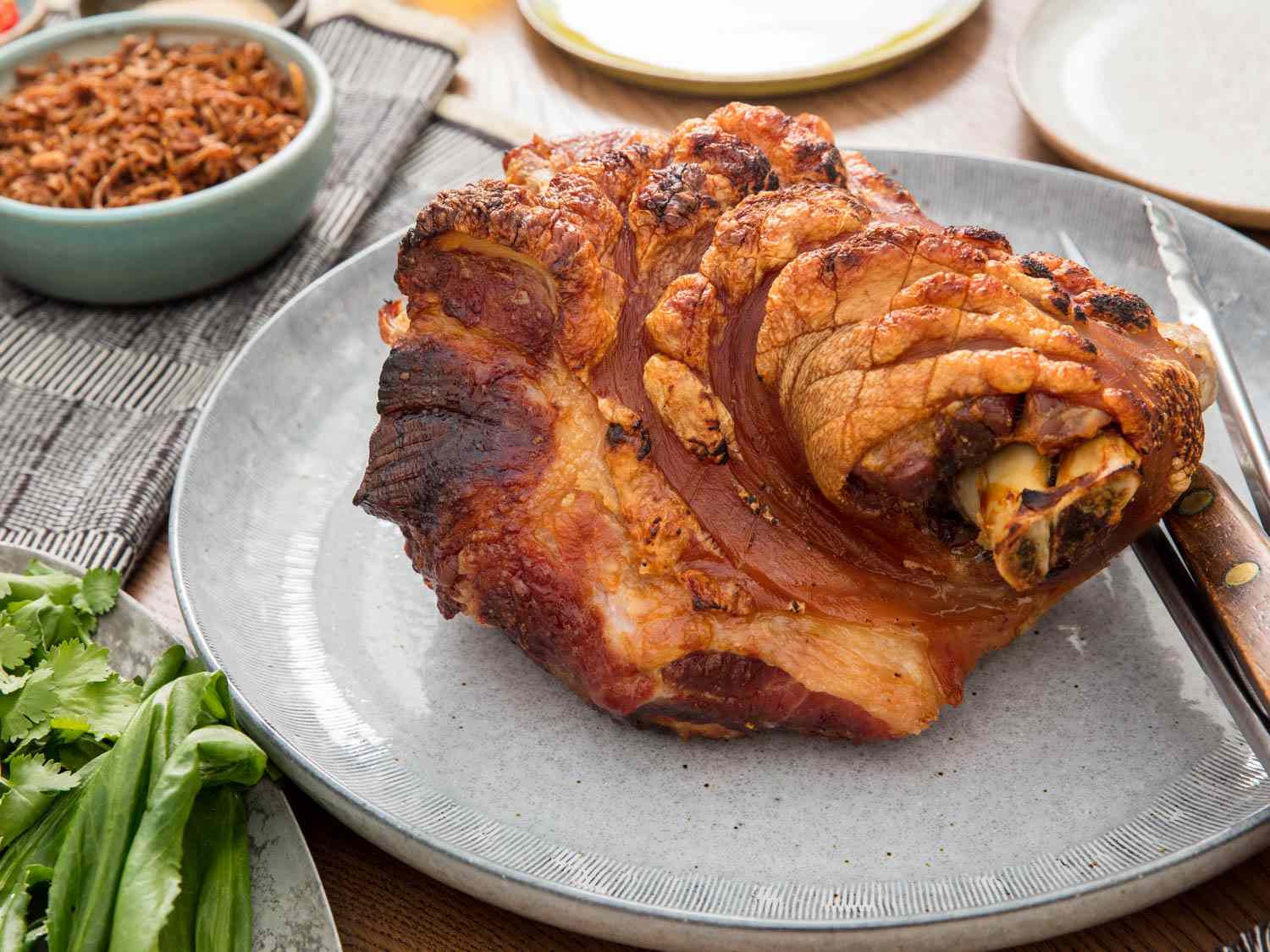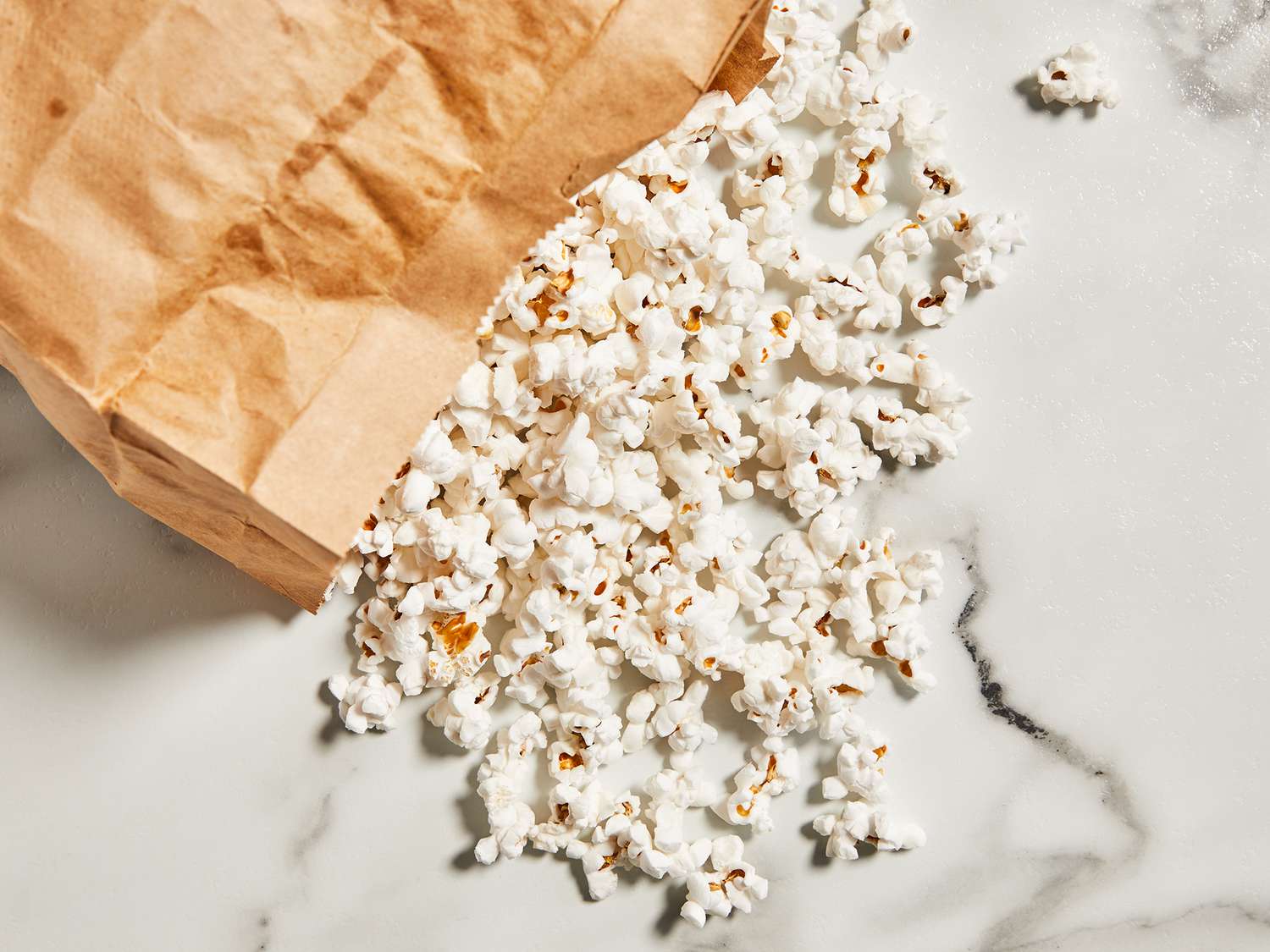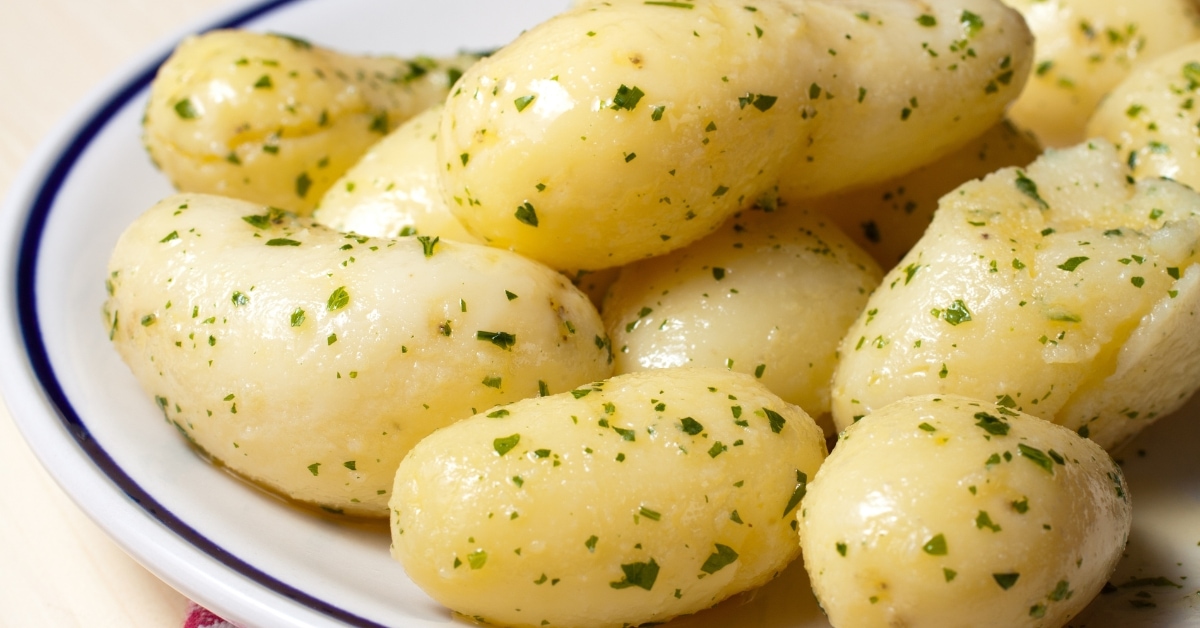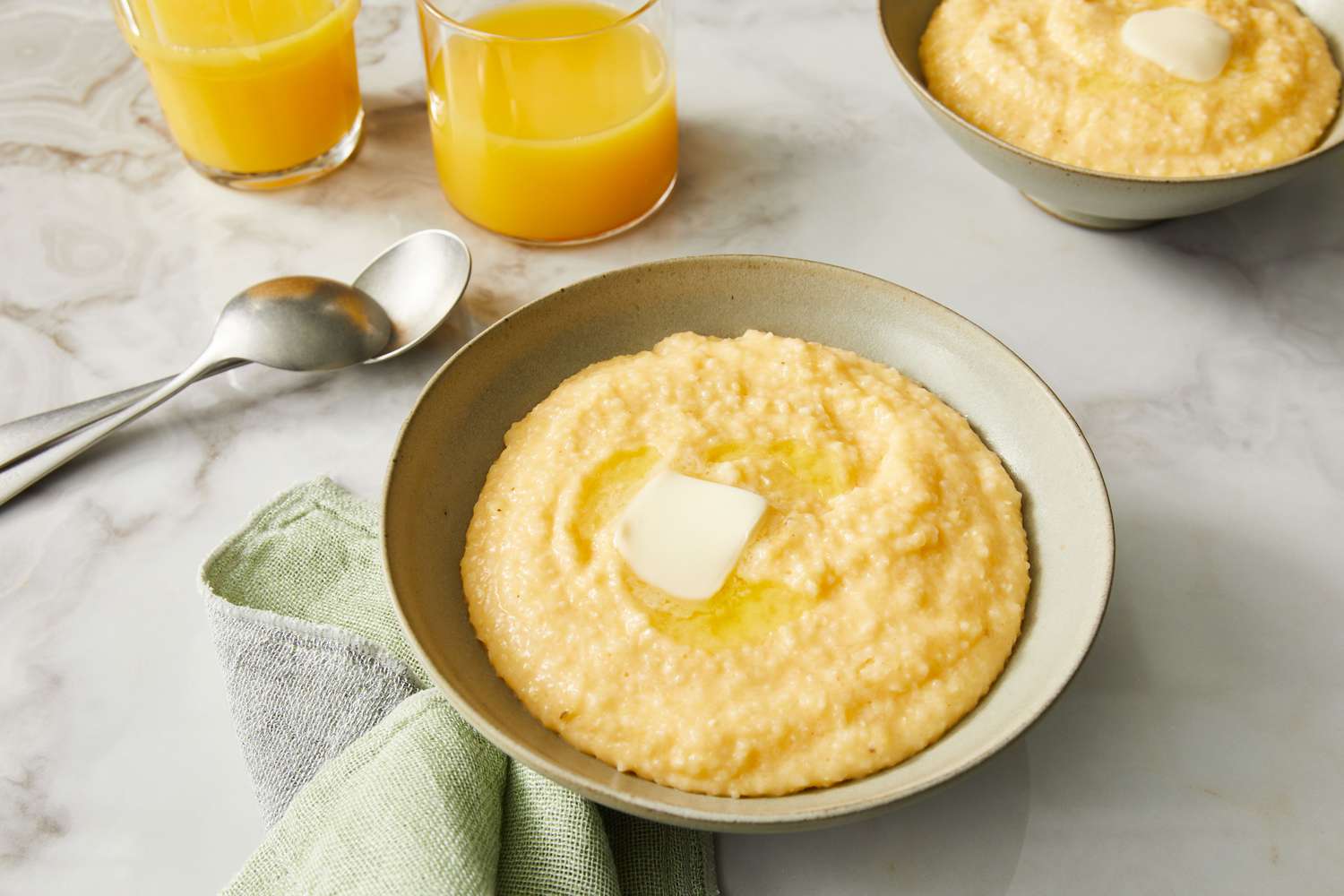Unlock the Deliciousness: Cooking Salmon in a Cast Iron Pan
Salmon is a delicacy that is loved by seafood enthusiasts around the world. Its rich, buttery flavor and tender, flaky texture make it a versatile and delectable ingredient. If you want to elevate your salmon cooking game, look no further than your trusty cast iron pan. In this article, we will guide you through the steps to cook the perfect salmon in a cast iron pan.
Why Choose a Cast Iron Pan?
Before we dive into the cooking process, let’s talk about why using a cast iron pan for salmon is a game-changer. Cast iron pans are known for their exceptional heat retention and even heat distribution. This means that your salmon will cook evenly and retain its moisture, resulting in a mouthwatering, succulent dish.
Prepare Your Salmon
Begin by selecting the freshest salmon fillets you can find. Look for firm, bright-colored flesh to ensure optimal taste and texture. To prepare the salmon, follow these simple steps:
- Thaw the salmon fillets if they are frozen, and pat them dry with a paper towel.
- Season the fillets with salt, pepper, and any additional herbs or spices of your choice. Be adventurous with flavors like dill, lemon zest, or garlic powder.
Preheat Your Cast Iron Pan
Preheating your cast iron pan is a crucial step to achieve a perfectly seared salmon crust while keeping the inside tender and moist. Here’s how to do it:
- Place the cast iron pan over medium-high heat for a few minutes to ensure it is evenly heated.
Cooking the Salmon
Now it’s time to cook the salmon to perfection. Follow these steps for a delicious outcome:
- Add a small amount of oil or butter to the preheated cast iron pan and let it melt or heat until it begins to shimmer.
- Carefully place the seasoned salmon fillets skin side down into the hot pan. The skin will protect the delicate flesh and add a delightful crispiness.
- Let the salmon cook undisturbed for about 3-4 minutes until the skin becomes crispy and golden. This technique will help lock in the flavors.
- Gently flip the salmon fillets using a spatula and cook for an additional 3-4 minutes or until the desired level of doneness is reached. The flesh should be opaque and easily flaked with a fork.
Finishing Touches
Once the salmon is cooked to perfection, it’s time to add those finishing touches to elevate the dish even further. Consider:
- Squeezing fresh lemon juice over the salmon to enhance the flavors.
- Garnishing with chopped herbs like parsley or chives for a pop of freshness.
- Serving alongside a flavorful sauce, such as a dill yogurt sauce or a tangy citrus glaze.
Conclusion
Cooking salmon in a cast iron pan unlocks a world of culinary possibilities. The cast iron’s superior heat retention and even heat distribution allow you to achieve that perfect crispy skin and moist, tender flesh. Follow the steps outlined in this article, and soon you’ll be savoring a mouthwatering salmon dish that will leave your taste buds craving for more.
So, grab your trusty cast iron pan and embark on a salmon-cooking adventure today!
For those eager to master cooking salmon in a cast iron pan, there are several recipes that stand out. The Maple Dijon Salmon offers a delightful blend of sweet and tangy flavors that caramelize beautifully in the pan. For a taste of the Mediterranean, try the Mediterranean Salmon with Olive Tapenade, a dish that pairs perfectly with the pan's ability to achieve a nice, crisp crust. If you're in the mood for something rich and comforting, the Salmon with Creamy Dill Sauce is a must-try, as the sauce complements the salmon's texture wonderfully. For a classic approach, the Classic Cast Iron Pan-Seared Salmon with Lemon and Dill provides a simple yet delicious combination that highlights the fresh flavors of the fish. Lastly, the Garlic Butter Salmon with Crispy Skin is perfect for those who love a crispy exterior with a buttery, garlic-infused interior. These recipes not only help you perfect your cast iron cooking skills but also offer a variety of flavors to keep your meals exciting and satisfying.
Was this page helpful?
Read Next: How To Cook Perfect Prime Rib Boneless
